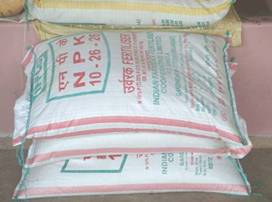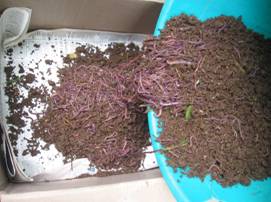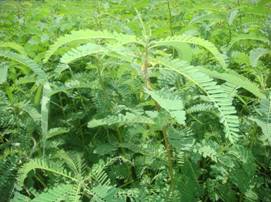
|
|||||||||||||||
Nutrient Management :: Integrated Nutrient Management |
|||||||||||||||
INTEGRATED NUTRIENT MANAGEMENT Integrated Nutrient Management refers to the maintenance of soil fertility and of plant nutrient supply at an optimum level for sustaining the desired productivity through optimization of the benefits from all possible sources of organic, inorganic and biological components in an integrated manner.
Concepts
Determinants
Advantages
Components: Soil Source: Mobilizing unavailable nutrients and to use appropriate crop varieties, cultural practices and cropping system. Mineral Fertilizer : Super granules, coated urea, direct use of locally available rock PO4 in acid soils, Single Super Phosphate (SSP), MOP and micronutrient fertilizers. Organic Sources : By products of farming and allied industries. FYM, droppings, crop waste, residues, sewage, sludge, industrial waste. Biological Sources : Microbial inoculants substitute 15 - 40 Kg N/ha |
|||||||||||||||
| Home | Seasons & Varieties | Tillage | Nutrient Management | Irrigation Management | Weed Management | Crop Protection | Cost of Cultivation | © All Rights Reserved. TNAU-2014. |
|||||||||||||||



